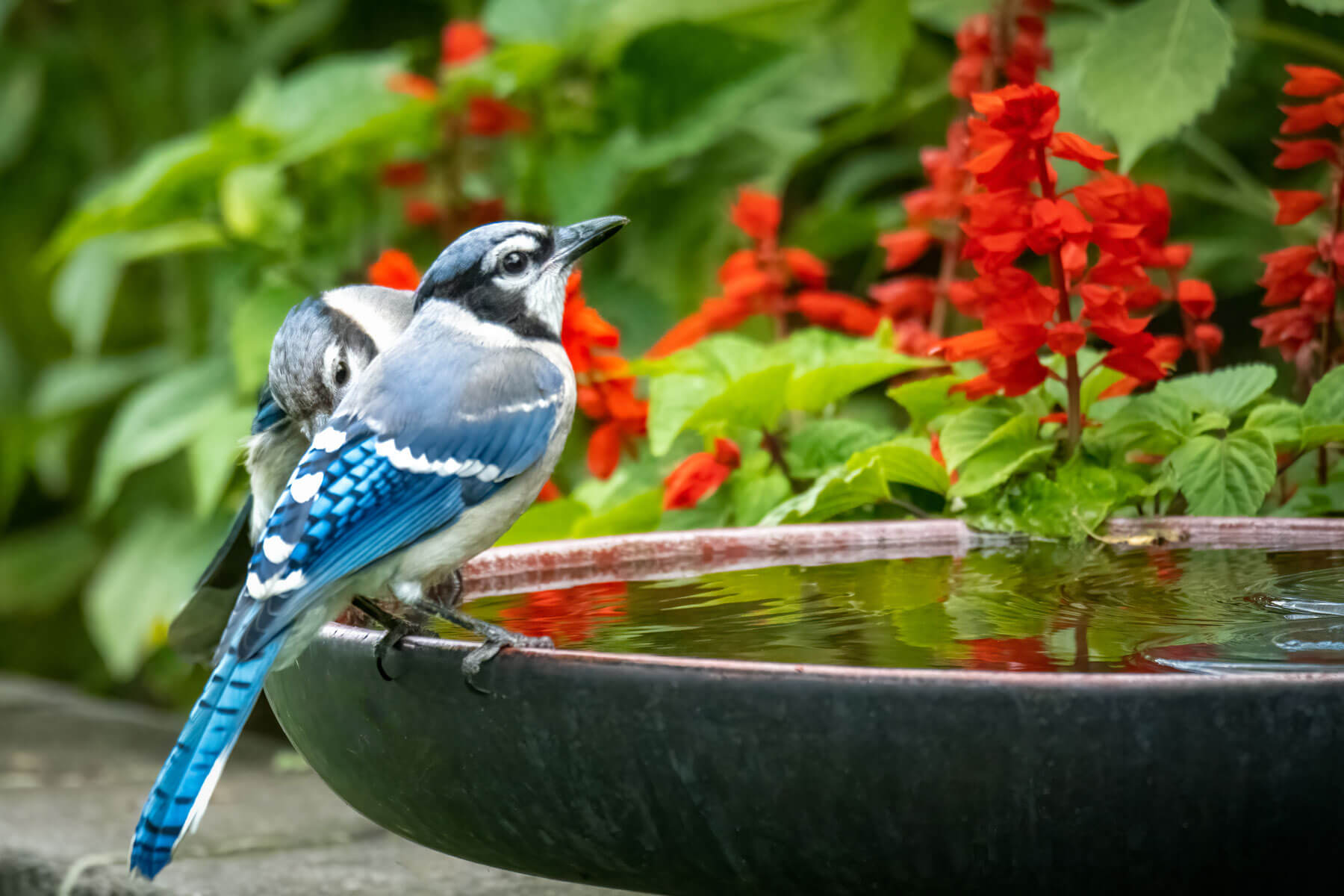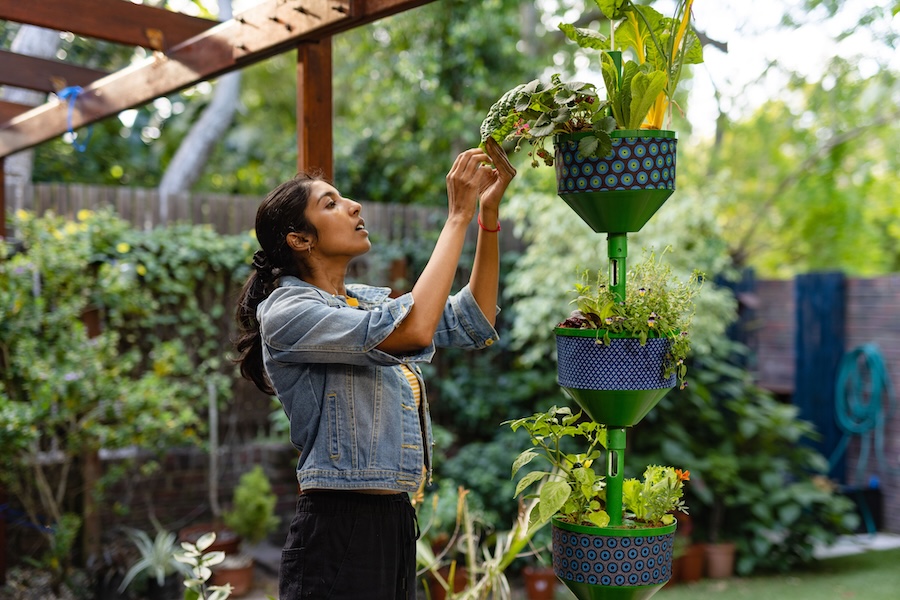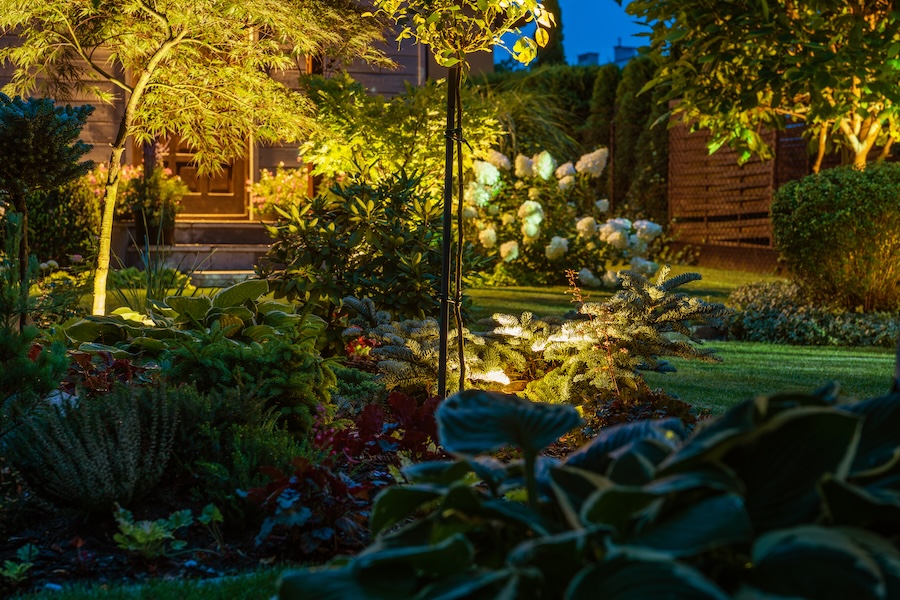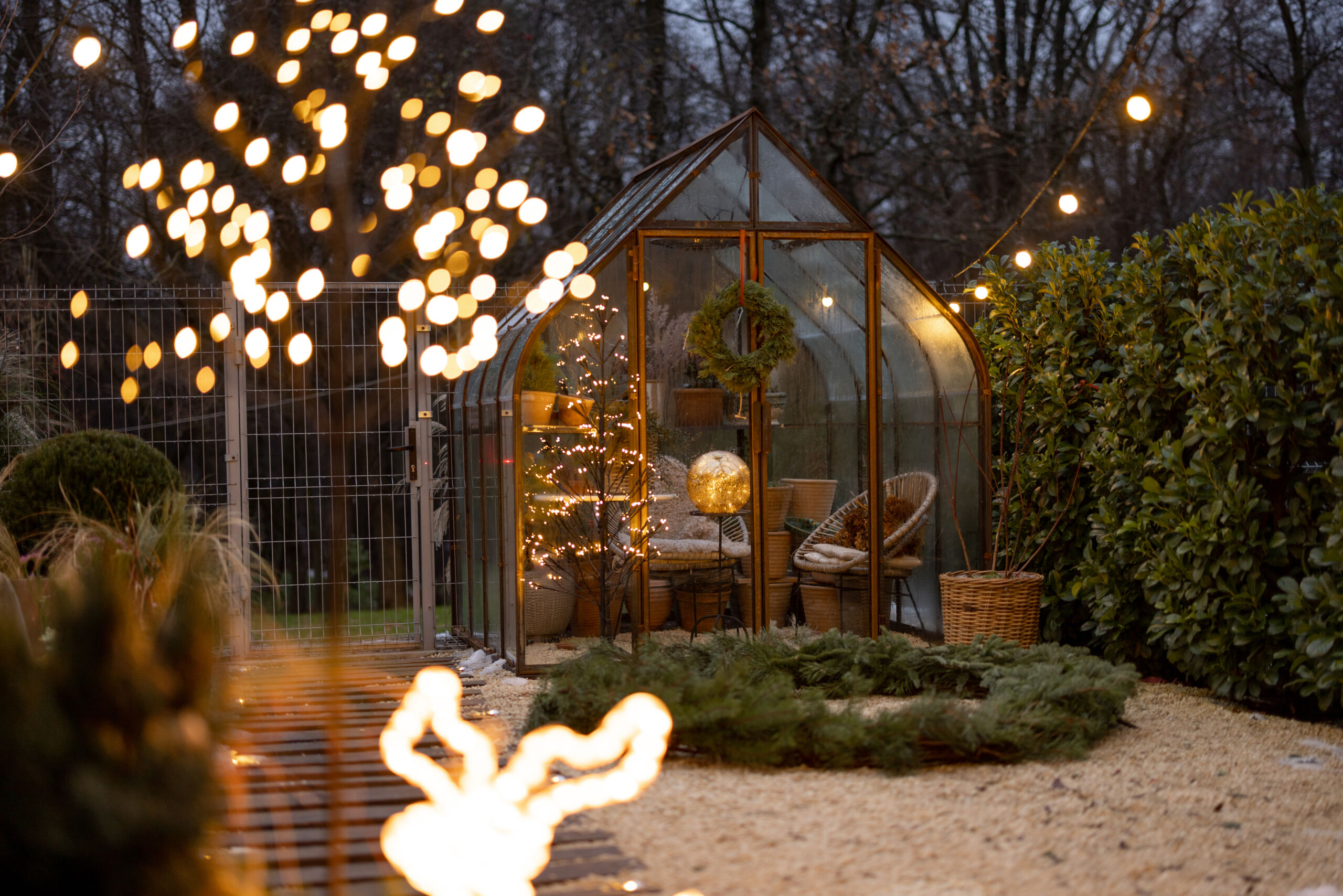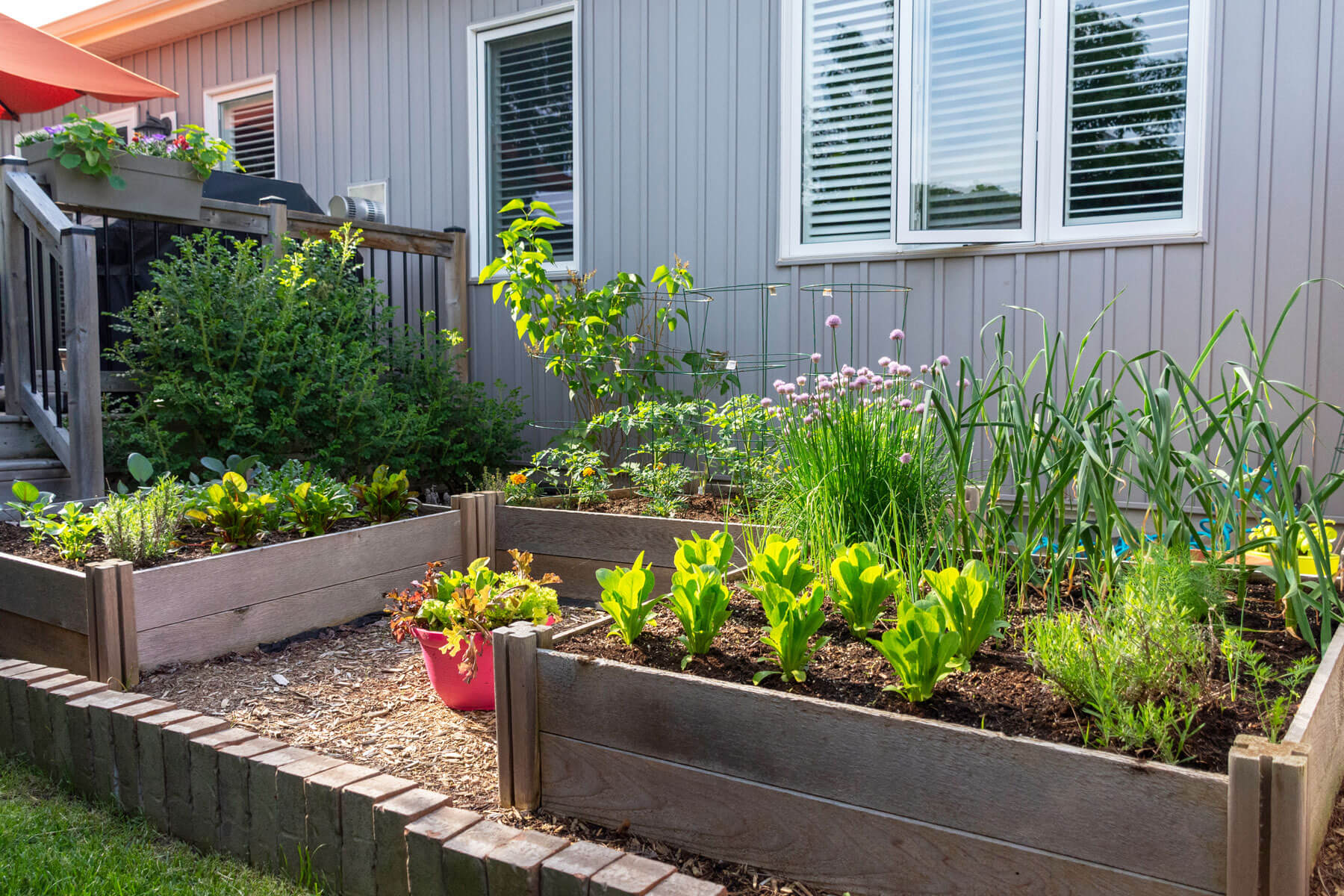Welcome to a journey of transforming your backyard into a haven for wildlife, right here in Ottawa. Imagine stepping into your garden to be greeted by the cheerful chirping of birds, the delicate fluttering of butterflies, and the soothing buzz of bees. This isn’t just a scene from a nature documentary; it’s a possibility in your very own backyard.
Wildlife-friendly landscaping goes beyond mere aesthetics. It creates a symbiotic relationship between your garden and the local fauna. The benefits? You’ll be aiding in biodiversity while experiencing the sheer joy and serenity that come with being close to nature.
In a city like Ottawa, where urban spaces often dominate, introducing elements of wildlife into your garden is not just refreshing but also essential. It’s about bringing a slice of the natural world into our manicured spaces.
By choosing certain plants, creating specific habitats, and using sustainable practices, you can invite nature into your yard. This kind of landscaping offers a peaceful retreat for both you and your winged, buzzing, or fluttering visitors. Plus, it’s a delightful way to educate yourself and your family about the local ecosystem and the important role each species plays.
Understanding Local Wildlife: What Thrives in Ottawa
To create a wildlife-friendly garden, it’s crucial to know what types of creatures you can expect to visit. Ottawa, with its diverse ecosystems, is home to a variety of wildlife, including various bird species, butterflies, bees, and even small mammals.
Each of these creatures has specific needs and preferences. Birds, for instance, might be attracted to berry-producing shrubs and trees, while butterflies are drawn to nectar-rich flowers.
Understanding the local ecosystems and what naturally thrives in them is key to creating a garden that’s both beautiful and beneficial to native wildlife. It’s about striking a balance between what looks good and what serves the needs of the local fauna. For example, incorporating native plant species not only ensures your garden is in harmony with the local environment but also provides the most suitable and familiar resources for Ottawa’s wildlife.
Your garden, ideally, should cater to the various needs of these creatures. Think about including plants that offer nectar throughout the growing season, or shrubs that provide berries in the fall. Also, consider the life cycles of these animals. For instance, many butterflies and bees require specific host plants for their larvae. By including these in your garden, you’re not just attracting the adults; you’re supporting their entire lifecycle.
Creating a wildlife-friendly garden in Ottawa doesn’t just enhance the aesthetic appeal of your space. It contributes to the wellbeing of the local ecosystem, ensuring that even in the midst of the city, nature has a place to thrive.
As you embark on this journey, remember, each plant you choose and each habitat you create brings you one step closer to a garden that’s alive with the beauty and vibrancy of the wildlife it supports.
Plant Selection: Choosing the Right Flora
The secret to attracting a diverse range of wildlife to your Ottawa backyard lies in choosing the right plants. Native plants are the superheroes of a wildlife-friendly garden.
They’ve adapted to the local climate and soil, requiring less water and maintenance, and most importantly, they provide the best food and habitat for local wildlife. When selecting plants, think about the kinds of birds, butterflies, and other creatures you want to attract. Each species has its preferences.
If you want to attract hummingbirds, opt for brightly coloured, tubular flowers like bee balm or columbine that offer nectar. Butterflies are drawn to plants with flat, open flowers like coneflowers and butterfly bushes, which provide a landing pad and ample nectar. To bring in a variety of birds, incorporate berry-producing shrubs such as serviceberry or viburnum, which offer food throughout different seasons.
It’s not just about food, either. Different wildlife species require different types of shelter and nesting sites.
Dense shrubs can provide cover for birds and small mammals, while tall grasses and perennials offer breeding and overwintering sites for butterflies and other insects. Remember to plan your garden so that there’s something in bloom from early spring through late fall, ensuring a continuous supply of food for visiting wildlife.
Creating Habitats: Beyond Just Plants
Creating a wildlife-friendly garden extends beyond plant selection. It’s about designing an environment that offers everything wildlife needs to thrive: food, shelter, and water. Even if you’re planning on a multi-layered garden design, you can help the right wildlife thrive.
One way to do this is by building or installing birdhouses, bat boxes, and bee hotels. These structures mimic the natural nesting sites that many species need for rearing their young but are often lacking in urban environments.
When placing these habitats, consider the specific needs of the species you’re trying to attract. For instance, birdhouses should be placed at different heights and locations depending on the bird species, and away from high-traffic areas to provide safety from predators. Similarly, bee hotels for solitary bees should be positioned where they will get morning sun.
Water is another critical element in your wildlife garden. A simple birdbath or a small pond can provide a water source for drinking and bathing. If you’re installing a pond, consider adding native aquatic plants and a gentle slope on one side to allow wildlife easy access. These water features not only benefit wildlife but also add an aesthetic element to your garden.
In addition to these structures, consider leaving a part of your garden a little wild. Piles of leaves, brush, or even a dead tree can provide crucial habitat for a variety of creatures. Such natural features can offer nesting sites, hiding places, and hunting grounds for different wildlife, enhancing the biodiversity of your garden.
Sustainable Practices: Eco-Friendly Landscaping Tips
Embracing sustainable practices in your garden isn’t just good for the environment; it’s also key to creating a thriving habitat for wildlife. In Ottawa, where the balance between urban living and nature is so cherished, every small step towards sustainability can have a significant impact.
Start with something as simple as reducing or eliminating the use of chemicals. Pesticides and herbicides might make for a neat garden, but they can be harmful to the wildlife you’re trying to attract. Instead, consider natural alternatives or methods like companion planting to keep pests at bay.
Composting is another excellent sustainable practice. By composting your kitchen and garden waste, you’re not only reducing landfill waste but also creating rich, nourishing soil for your plants. This nutrient-rich compost will encourage healthy plant growth, which in turn provides better support for wildlife.
Water conservation is crucial, especially during the hot Ottawa summers. Collect rainwater in barrels for watering your garden, and choose drought-resistant native plants that require less watering.
Remember, a sustainable garden is more about working with nature than trying to control it.
Let your garden grow a bit wilder and less manicured. This approach encourages biodiversity and creates a more natural environment that’s attractive to a variety of wildlife. It’s all about creating a balance, where your garden not only looks beautiful but also plays an integral role in the local ecosystem.
Year-Round Considerations: Supporting Wildlife in All Seasons
A wildlife-friendly garden should provide support for its inhabitants throughout the year, especially in a city like Ottawa, where the seasons are so distinct. Each season brings different needs for wildlife, and your garden can be prepared to meet these needs.
In the spring, focus on planting early-blooming flowers to provide nectar for bees and butterflies emerging from hibernation. Nesting boxes and materials for birds can also be beneficial during this season.
Summer is all about providing a continuous food source. Ensure your garden has a variety of blooming plants during these months. Birdbaths and water features are also crucial during hot weather, providing a much-needed water source for birds, insects, and small mammals.
In the fall, consider plants that produce berries and seeds, which can be a vital food source for birds preparing for migration or going into the winter months.
Winter in Ottawa can be challenging for wildlife, but your garden can still be a refuge. Evergreen plants provide shelter for birds and insects, while seed heads from perennials can offer food for birds. If you’re up for it, setting up feeders can also help sustain birds during the harsh winter months.

